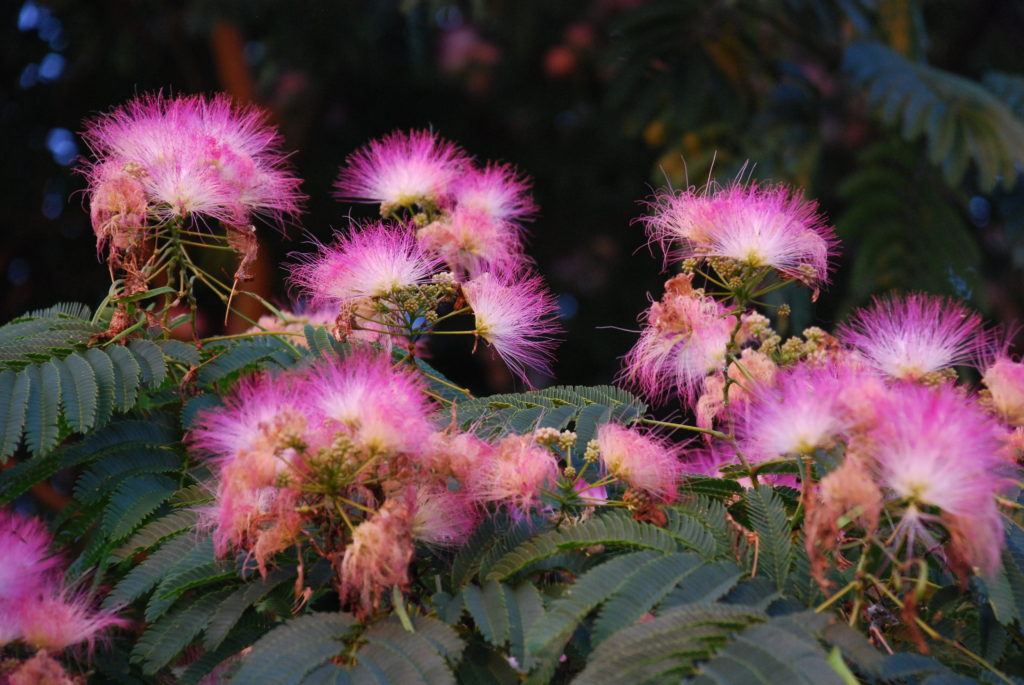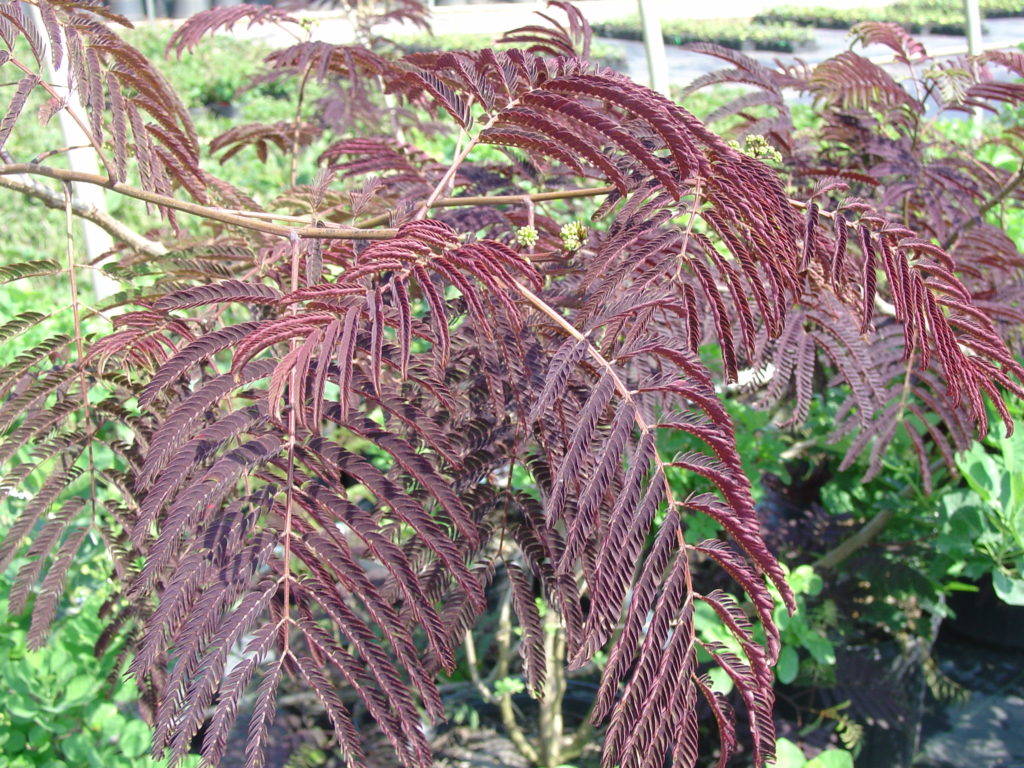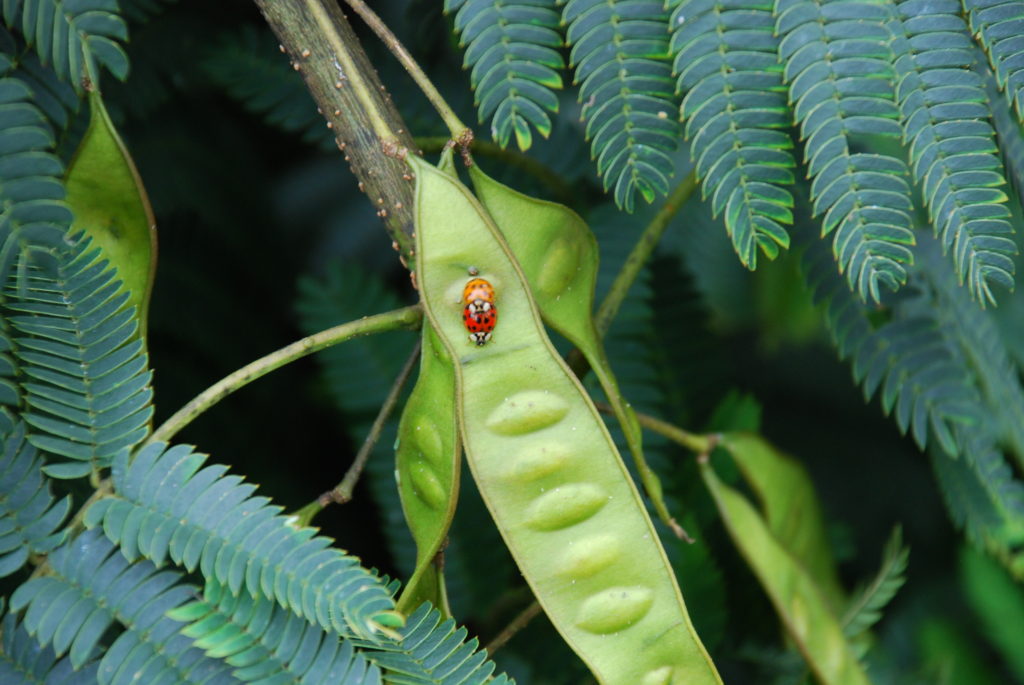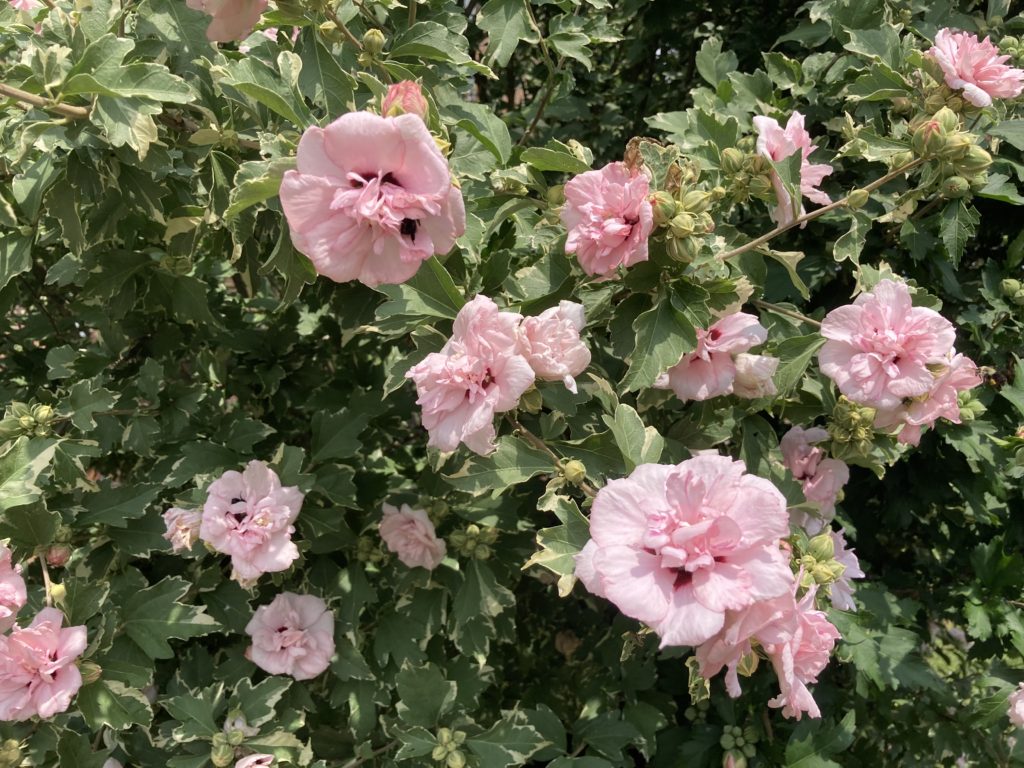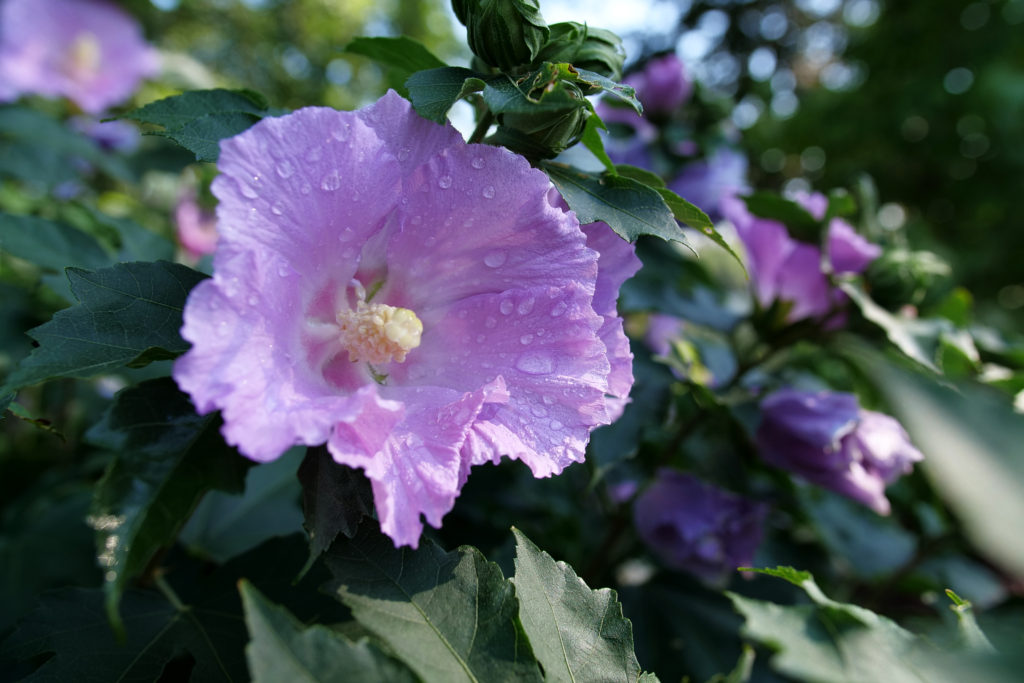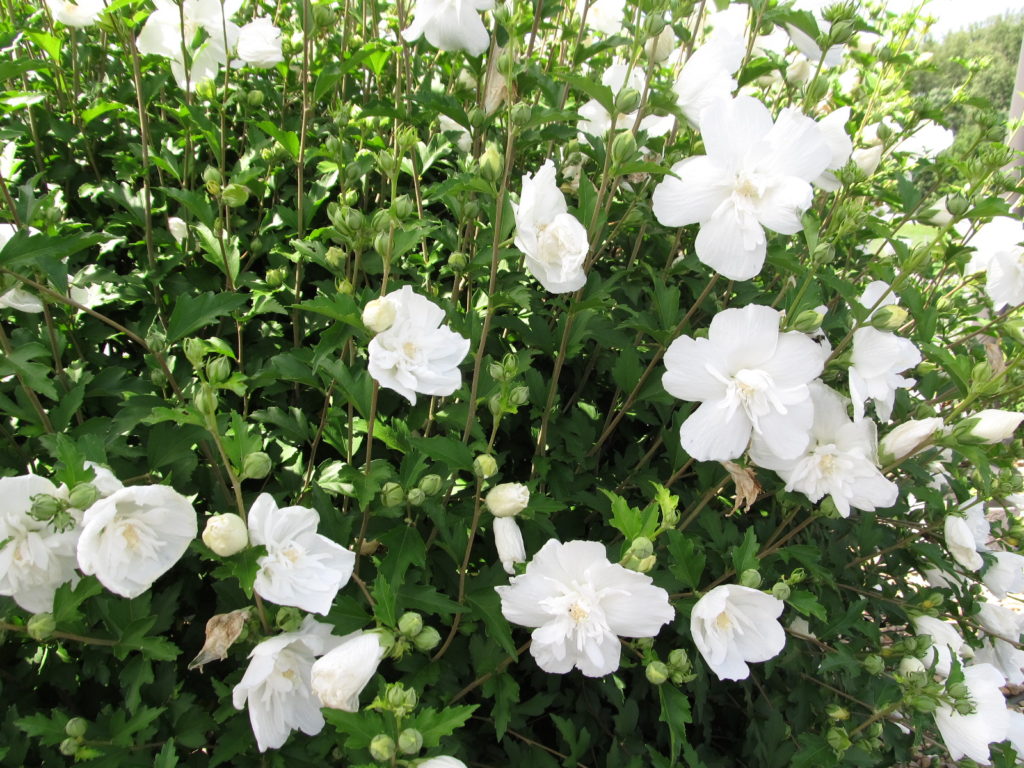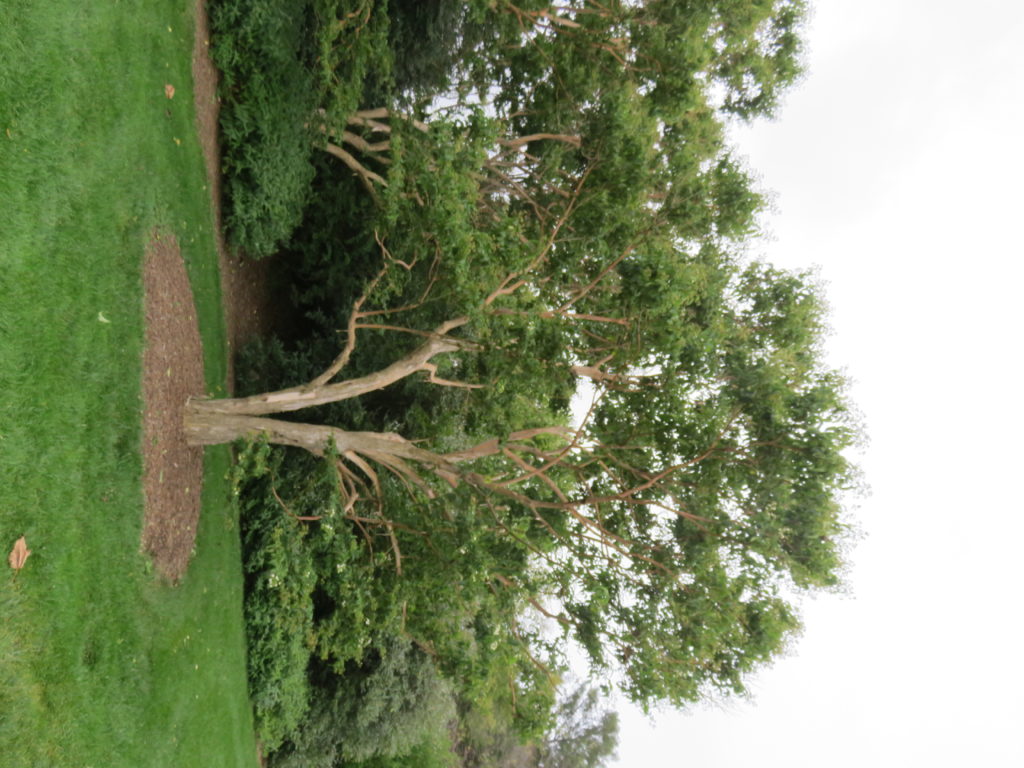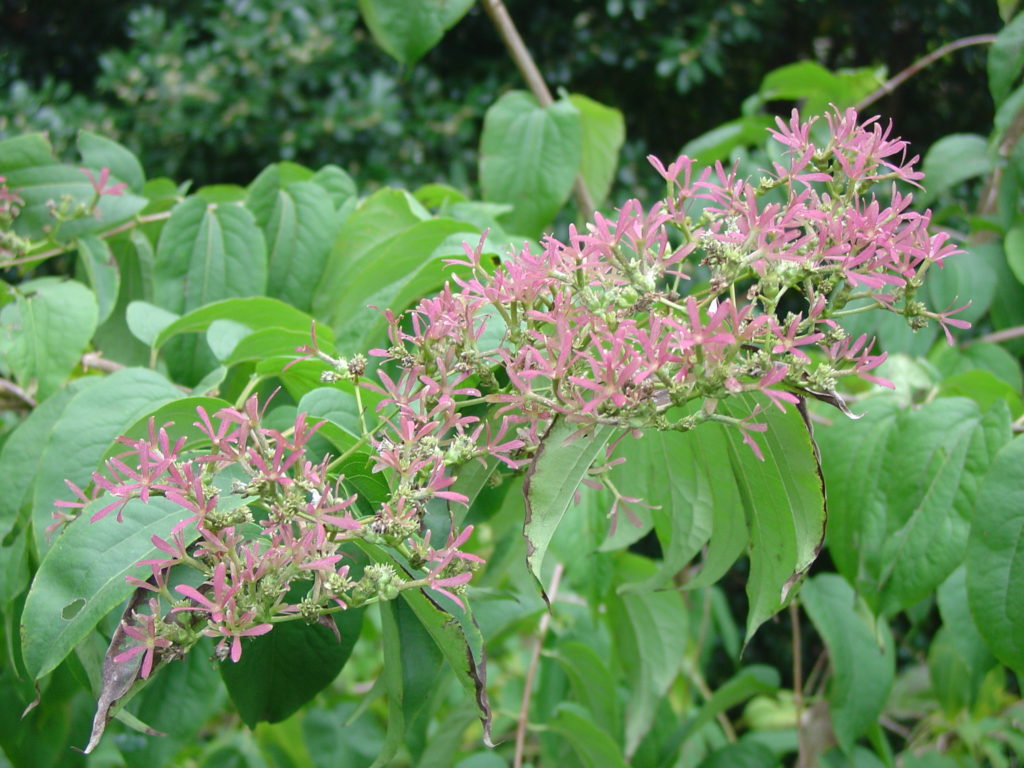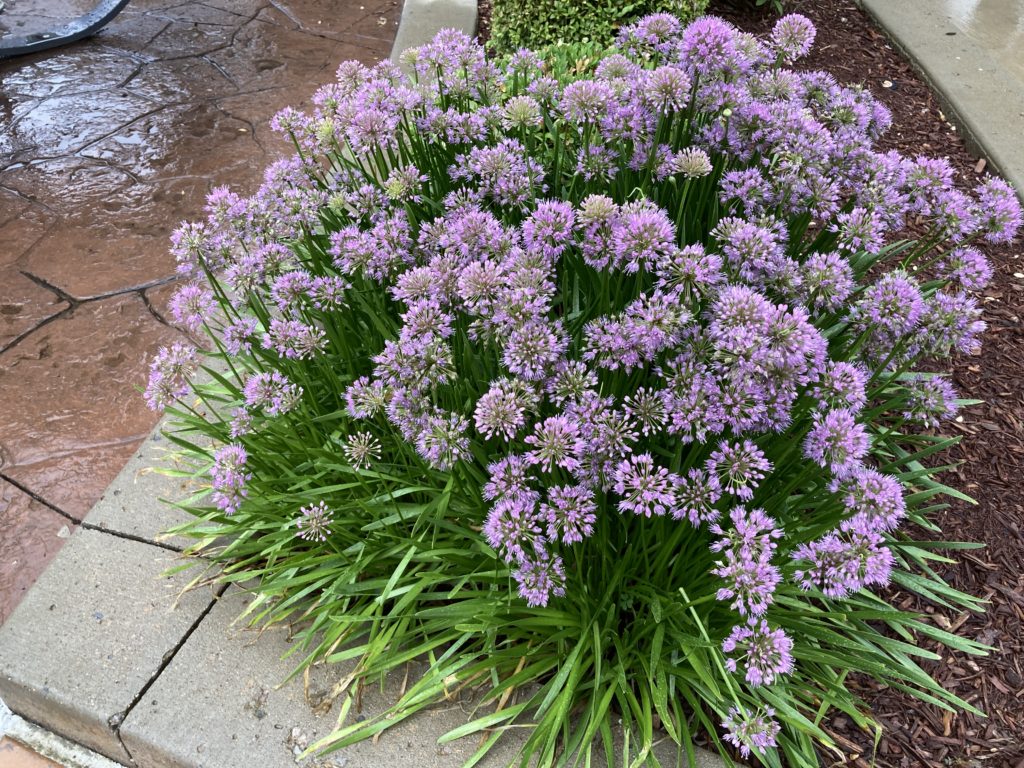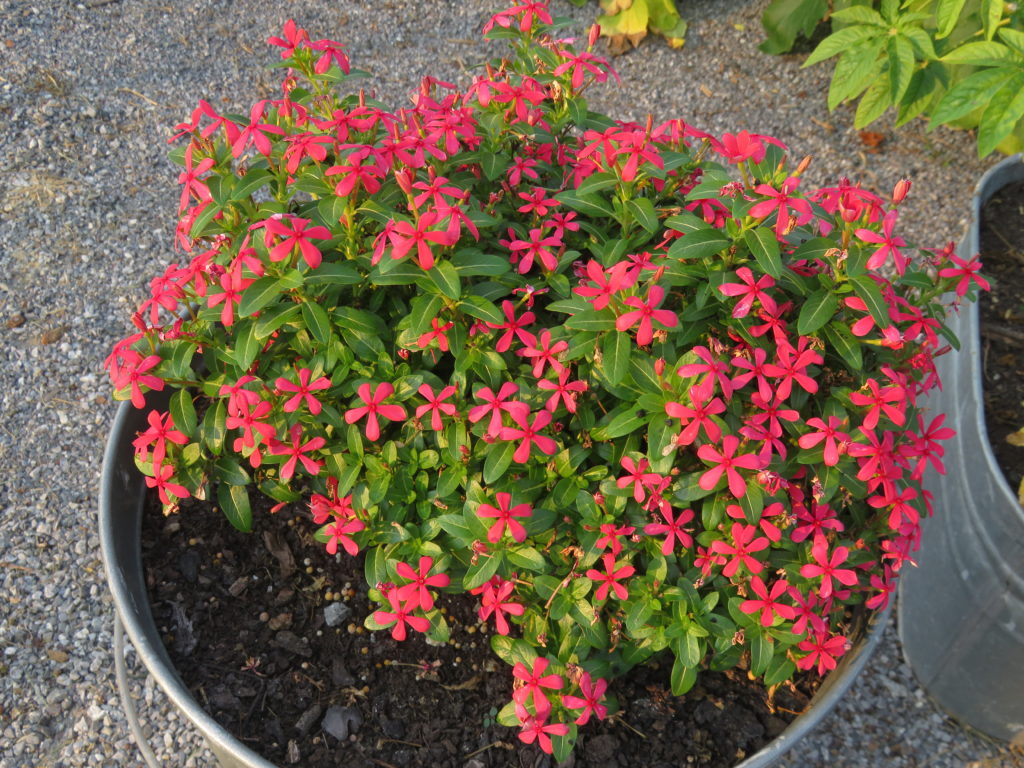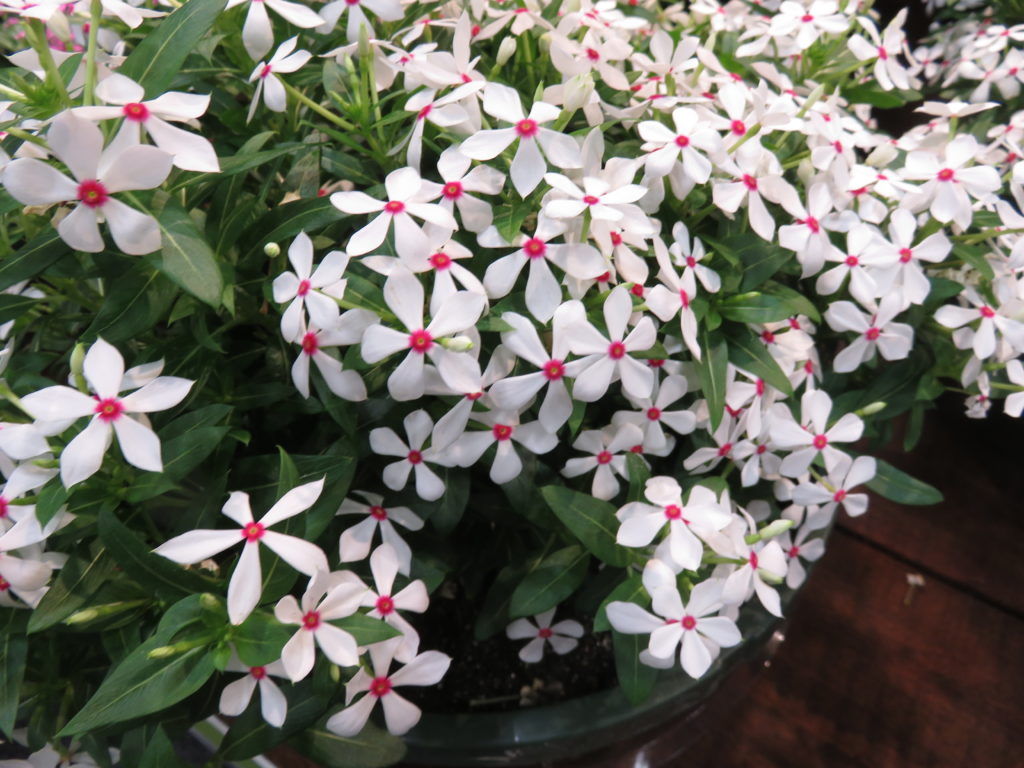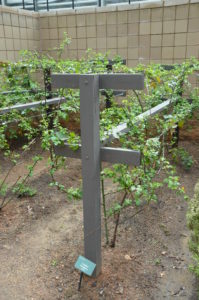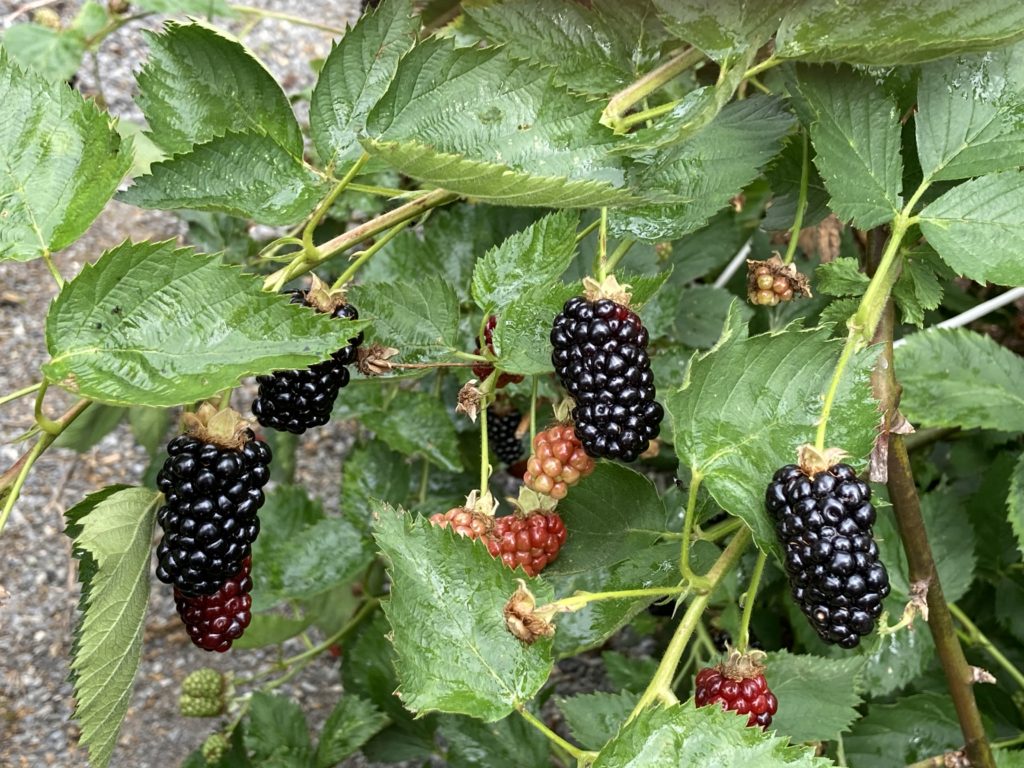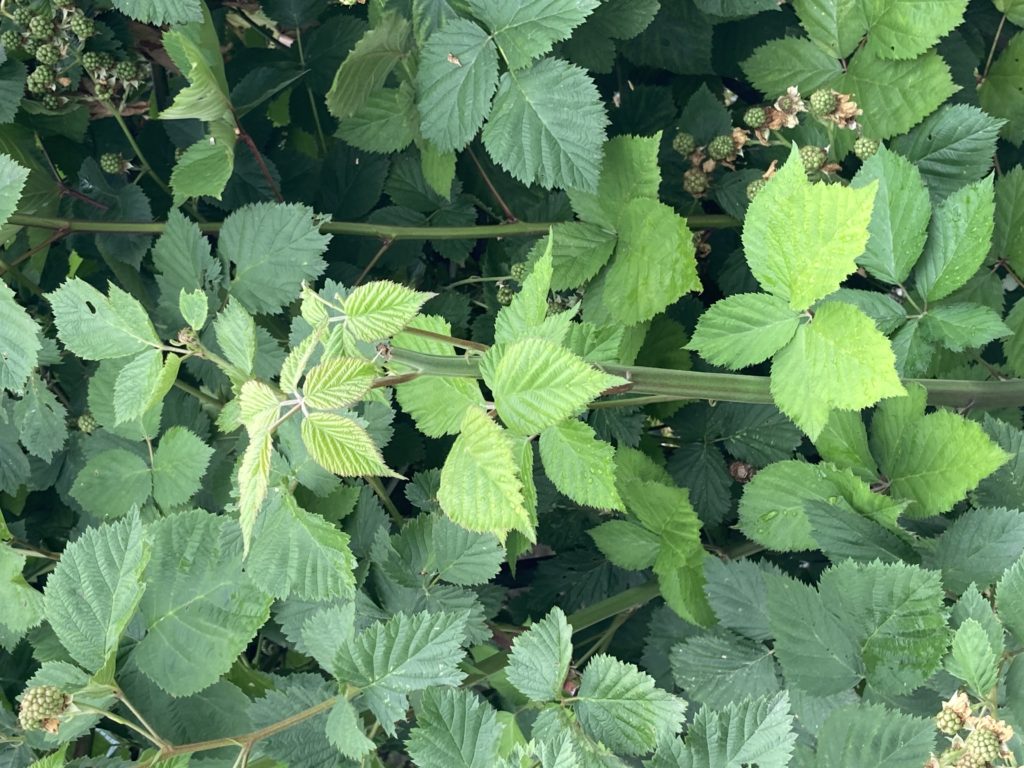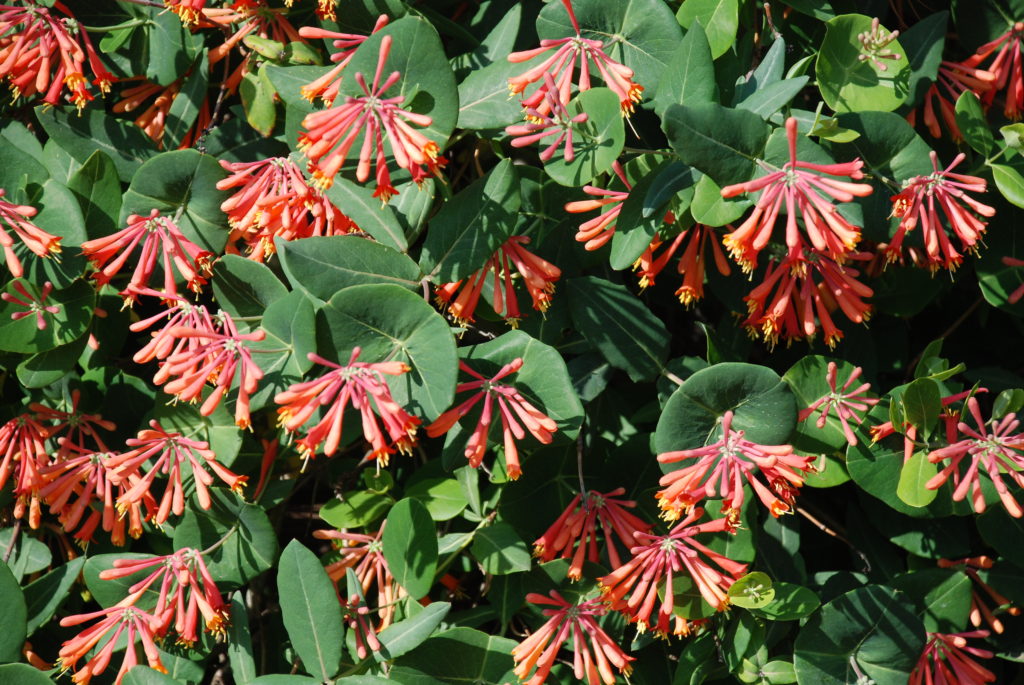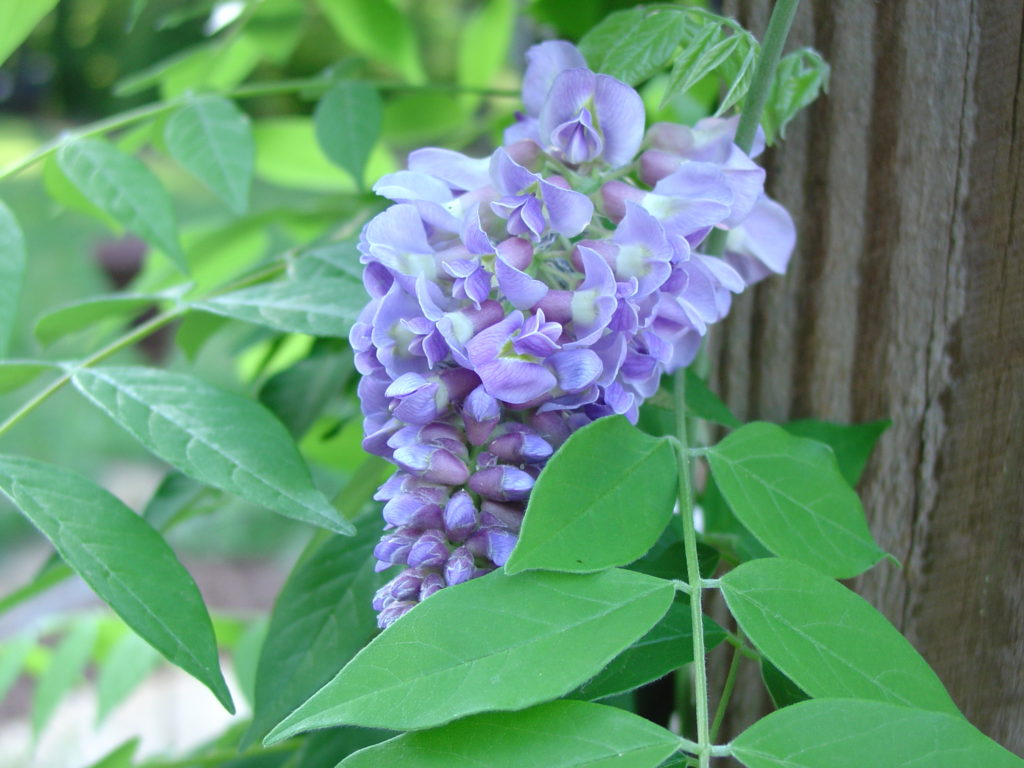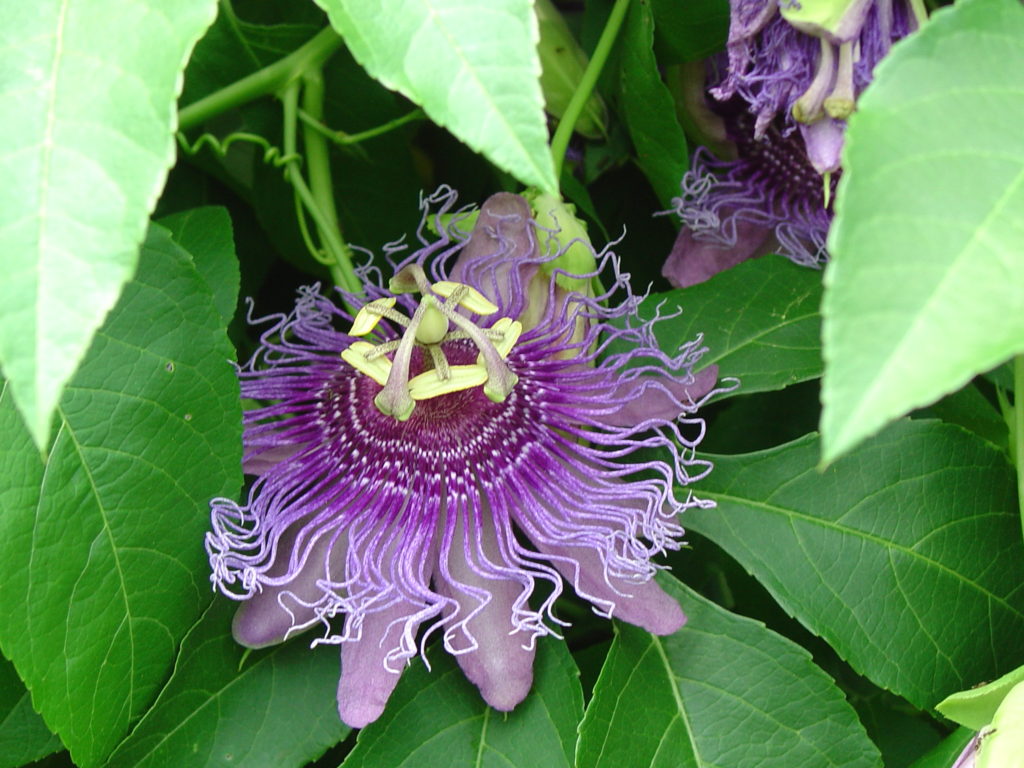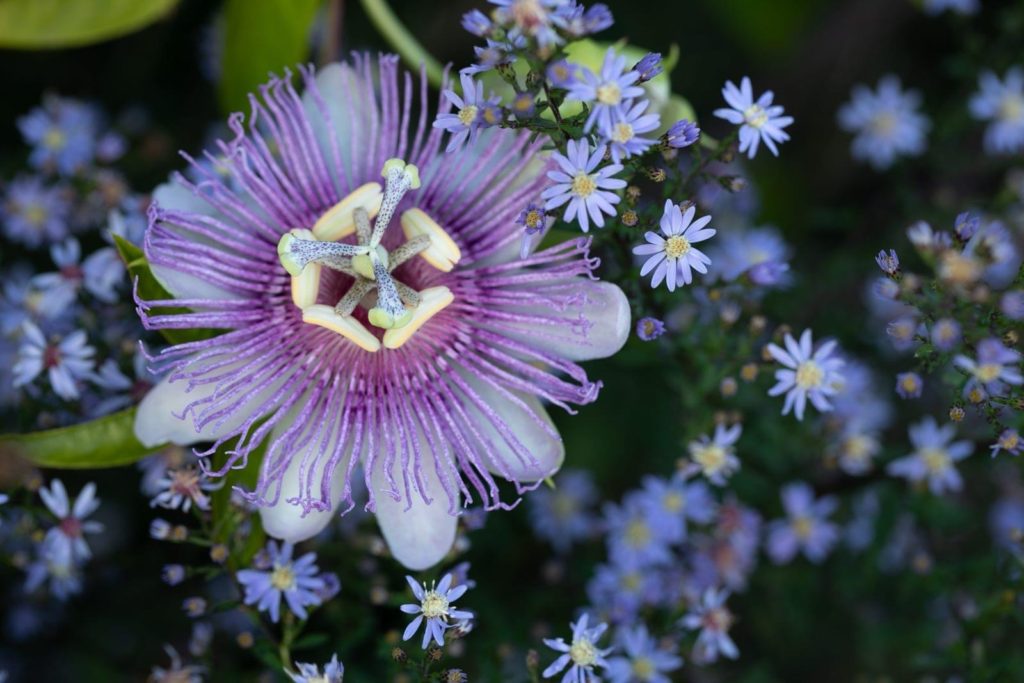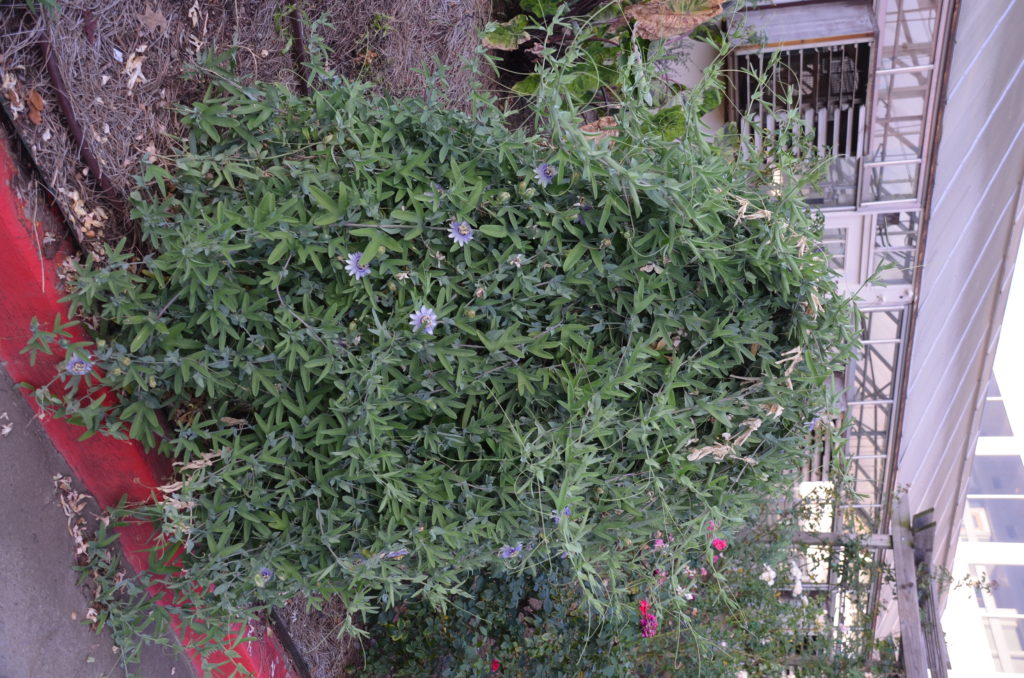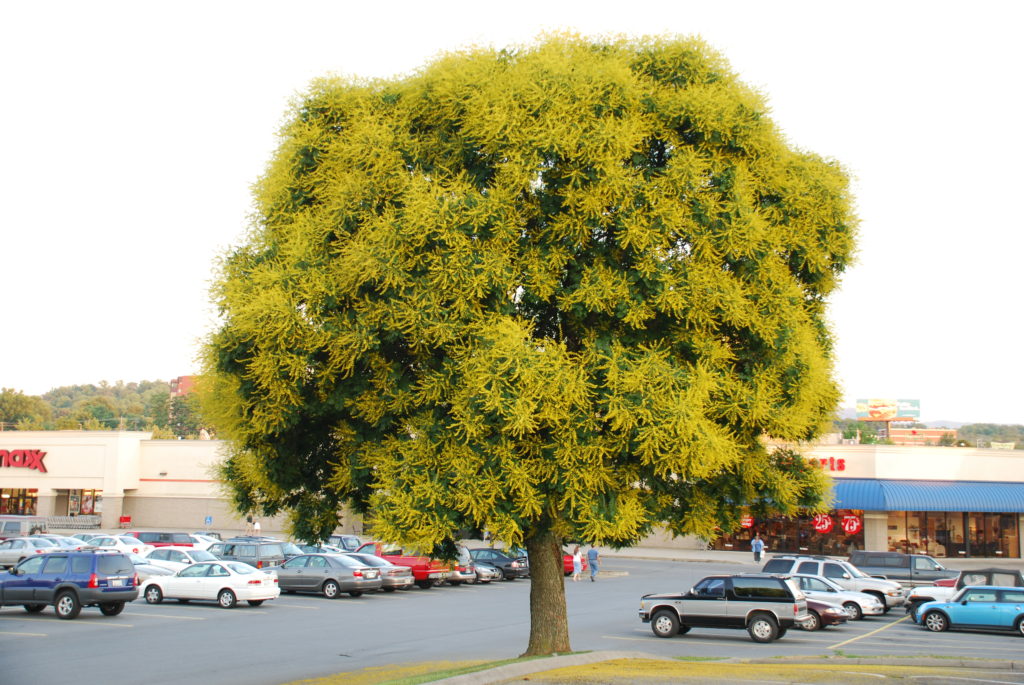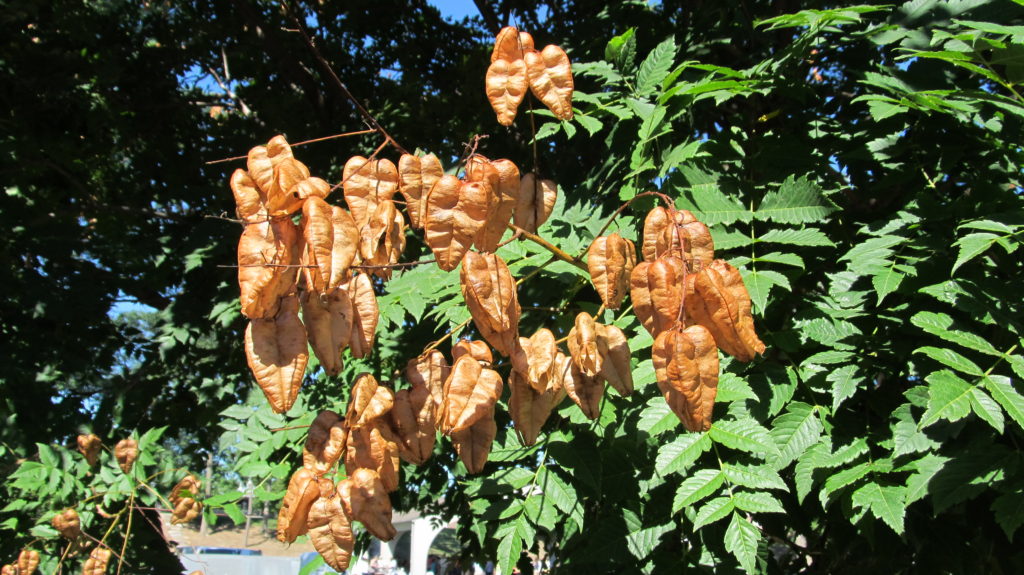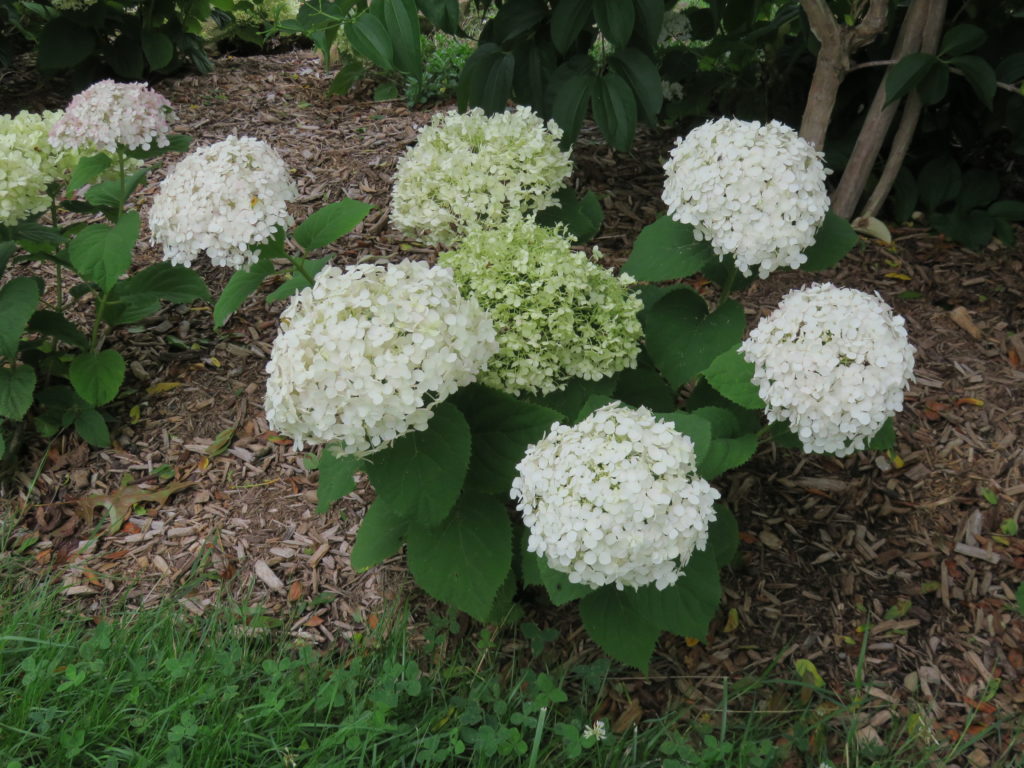
Smooth hydrangeas (Hydrangea arborescens) generally grow 6 -7 feet high, and some wild forms upwards of 10 feet (USDA hardiness zones 3-9). The exceedingly popular Invincibelle® series grow 5-6 feet high. Three recently introduced mini-types (listed below) are perfect for a small garden or in a large container. Shrubs in the series reach full size in only 2-3 years with proper care.
Smooth hydrangeas bloom in early summer (June-July). Flowers start out cream, open pure white, and age gracefully. As the season goes by, the flowers droop and fall away. Clip or not to Clip? The old dried floral heads remain attractive for off-season interest. No deadheading required!
Invincibelle hydrangeas are noted for their rapid growth. Their large flowers are prominently displayed above the foliage. Floral stems are strong and sturdy, not laying down on the ground. Plants can be utilized as garden borders. Flowers emit little scent from far away but the floral odor is delightful close up.
Bright green leaves appear in late spring. In autumn leaves gradually turn yellow and abscise.
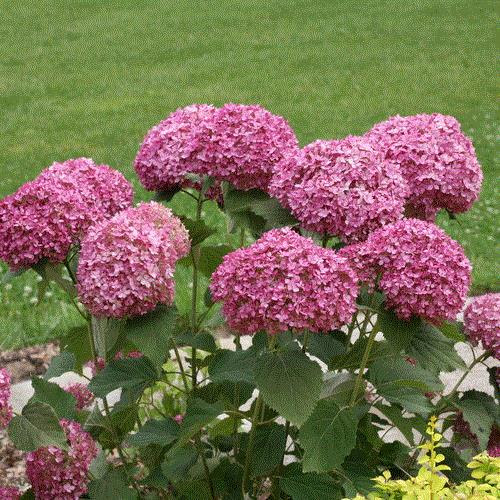
General Care: For big abundant blooms, plant where they capture at least six hours of sun each day (warmer climates can get away with a bit less). A 3–4-inch layer of shredded bark mulch aids to minimize water loss. Prune back the entire shrub by about one-third its total height in early spring, just as new growth begins to emerge. Feed once in early spring, with 1-2 handfuls of 10-10-10 or equivalent fertilizer.
Introducing three mini-re-bloomers in the Invincibelle® series. They bloom from late June through frost with new flowers throughout. They re-bloom, again without need for deadheading. In hot southerly zones, plants grow best in afternoon shade.
Mini-Varieties:
‘Invincibelle Wee White’ grows just 1.0 – 2.5 feet tall and wide, forming a tidy, rounded mound. Each flower emerges soft, blush pink before changing to white. (zones 3-8).
‘Invincibelle Mini-Mauvette’ grows 2.5 – 3 feet tall. Beautiful and unique pink-mauve blooms stand upright and sturdy all season. Summer foliage is dark green. (zones 4-8).
‘Invincibelle Garnetta’ boasts a compact size (2.6 – 3.0 feet tall and wide), sturdy stems. This cultivar blooms a bit later than the rest of the Invincibelle series. Silvery-pink/ruby-red flowers add a different flair to the summer landscape. (zones 3-8).

